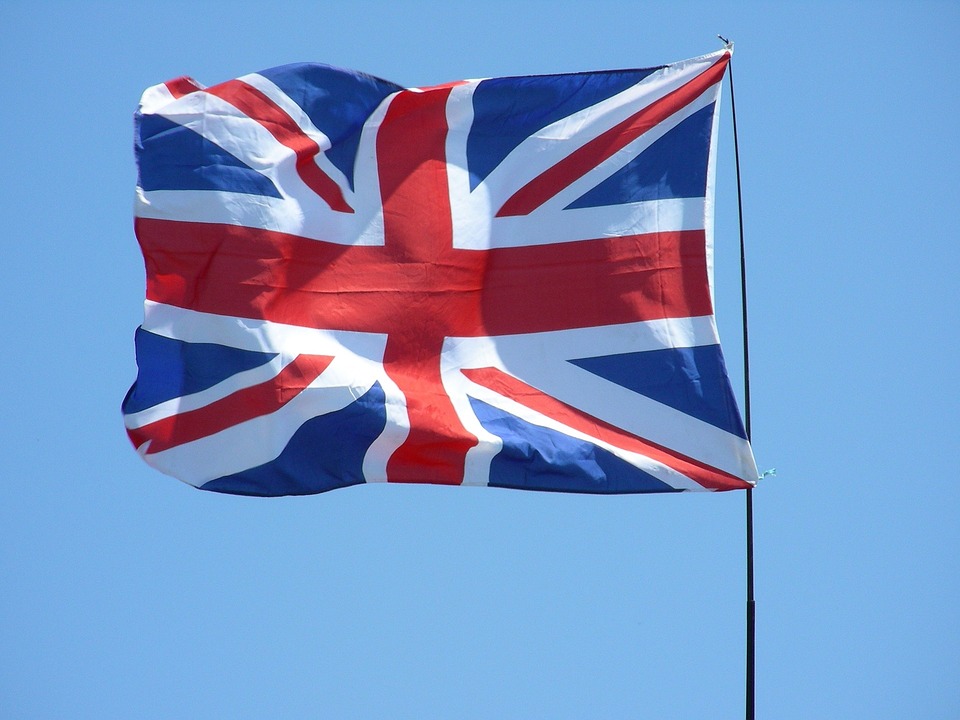Swissquote Bank: UK inflation exceeds 10%!
Swissquote Bank: UK inflation exceeds 10%!

By Ipek Ozkardeskaya, Senior Analyst, Swissquote Bank
European and US indices traded mostly in the positive on Tuesday. The DAX gained near 0.70% and is preparing to clear the major 38.2% Fibonacci resistance in on year-to-date selloff despite the deepening energy crisis, which has only worsened with the drying Rhine River this summer.
Equities in the US escaped negative pressure thanks to better-than-expected earnings report from Walmart yesterday. The US retail giant revealed that its profit came under pressure as costumers moved to groceries and essentials, with lower profit margin, but that was already priced in, because they had already given that warnings earlier this summer. The lack of further negative news from Walmart sent the retailer’s shares jumped more than 5% yesterday to $140 per share, a level which hasn’t been seen since March this year. And other retail giants gained on optimism.
On the index level, the S&P500 challenged its 200-DMA yesterday, for the first time since April. The index traded above its 200-DMA twice this year, once in early February, then late March, but couldn’t hold on to the gains and rapidly sold off.
We will see if the third time is a charm; earnings and the FOMC minutes will be decisive for the short-term direction. The minutes will likely sound more hawkish than expected, as the Federal Reserve (Fed) rate expectations softened probably too much after last week’s CPI report in the US surprised with a softer-than-expected 8.5% print. But, 8.5% is still very high; it’s more than four times the Fed’s 2% policy target.
Therefore, we don’t expect anything less than a Fed decided to win its war over inflation at today’s minutes.
US Dollar re-gains field
US housing starts fell almost 10% last month, but a better-than-expected industrial production maintained the investor mood optimistic into the Fed minutes.
The producer prices in New Zealand eased last month, and the Reserve Bank of New Zealand raised its policy rate to 3% this morning for the first time in seven years. The Kiwi pared a part of past days’ losses against the US dollar.
The US 10-year yield stabilizes around the 2.80% mark, but the 2-year yield continues pushing higher above the 3.20% mark. The widening spread between the 2 and the 10-year yield is a sign that the market is pricing in a, perhaps unavoidable recession.
The US dollar index has been gaining territory since a couple of sessions and is now above the July-August downtrending channel.
Inflation in Canada eased to 7.6% as expected in July, down from the 8.1% printed a month earlier. There was no good surprise on the Canadian data front, there was no doves to be revived unfortunately, and the USDCAD eased as the Loonie strengthened.
Britain was not that lucky. July inflation in the UK came above the 10% mark, versus 9.8% expected by analysts. Surpassing the 10% psychological level revived the Bank of England (BoE) hawks, but it’s unsure whether the post-data rebound in sterling could last, as rising rates apply a decent negative pressure on the British economy, and the deep recession fears keep the pound under pressure against the dollar. From a technical standpoint, Cable is giving signs of a negative breakout from the last month triangle, rather than the contrary.
Elsewhere…
The barrel of US crude rebounded from $85 level, as the API data showed a 448’000 barrel decline in the US oil inventories last week versus 117’000 decline expected by analysts. The more official EIA is due today and is expected to print a 300’000 rise in inventories. Remember, there was a 5.5 mio barrel build last week, which helped pushing prices lower. Lower US inventories could help crude recover above the $90 per barrel into the weekend.
Gold, on the other hand, is moving lower, under the pressure of a stronger US dollar into the Fed minutes. The price of an ounce eased back to around its 50-DMA, which stands near $1780 level. We have a clear negative trend in play since the March spike this year, and there is a stronger case for a softer gold than the contrary, until we see a positive breakout.




